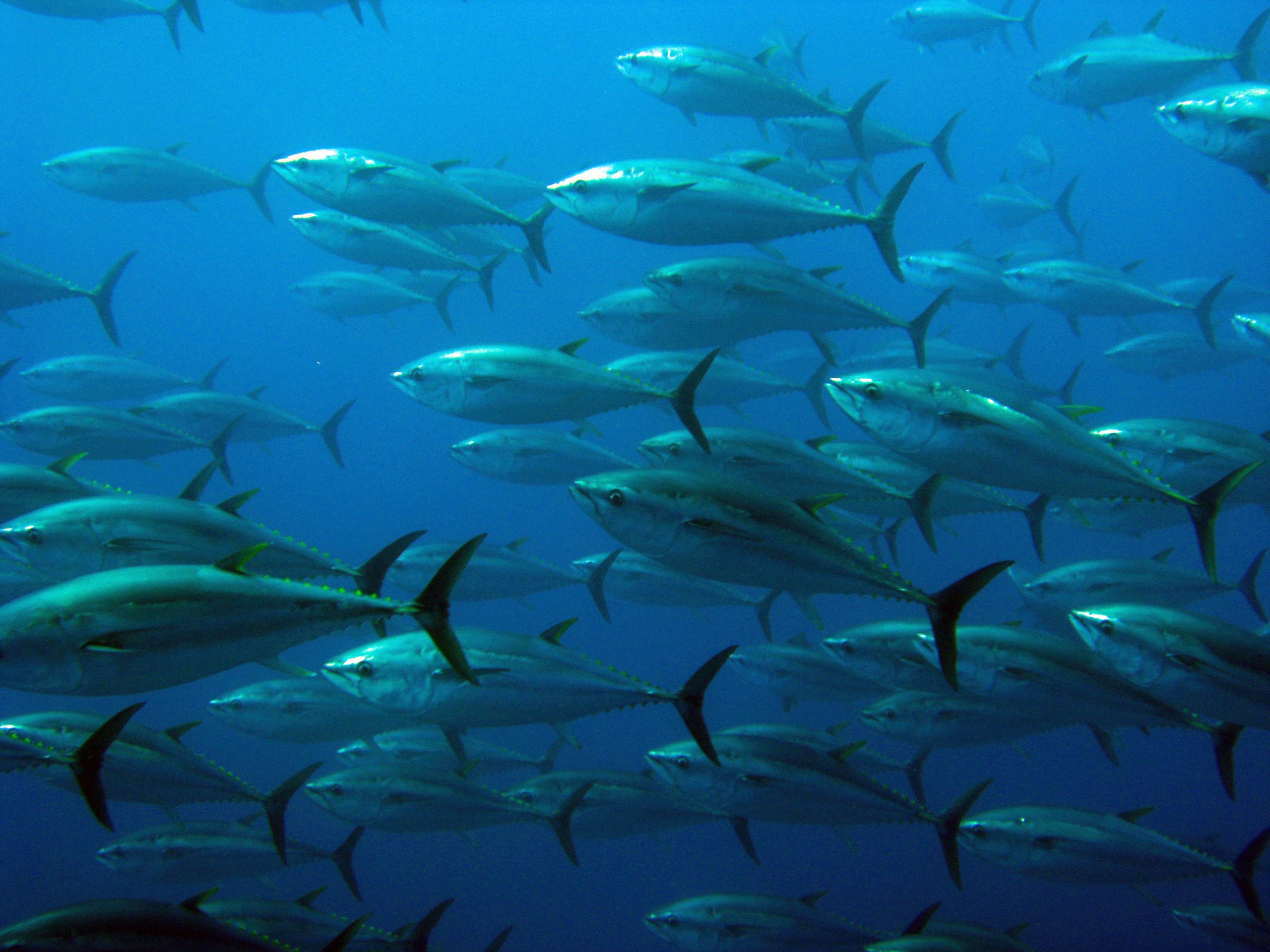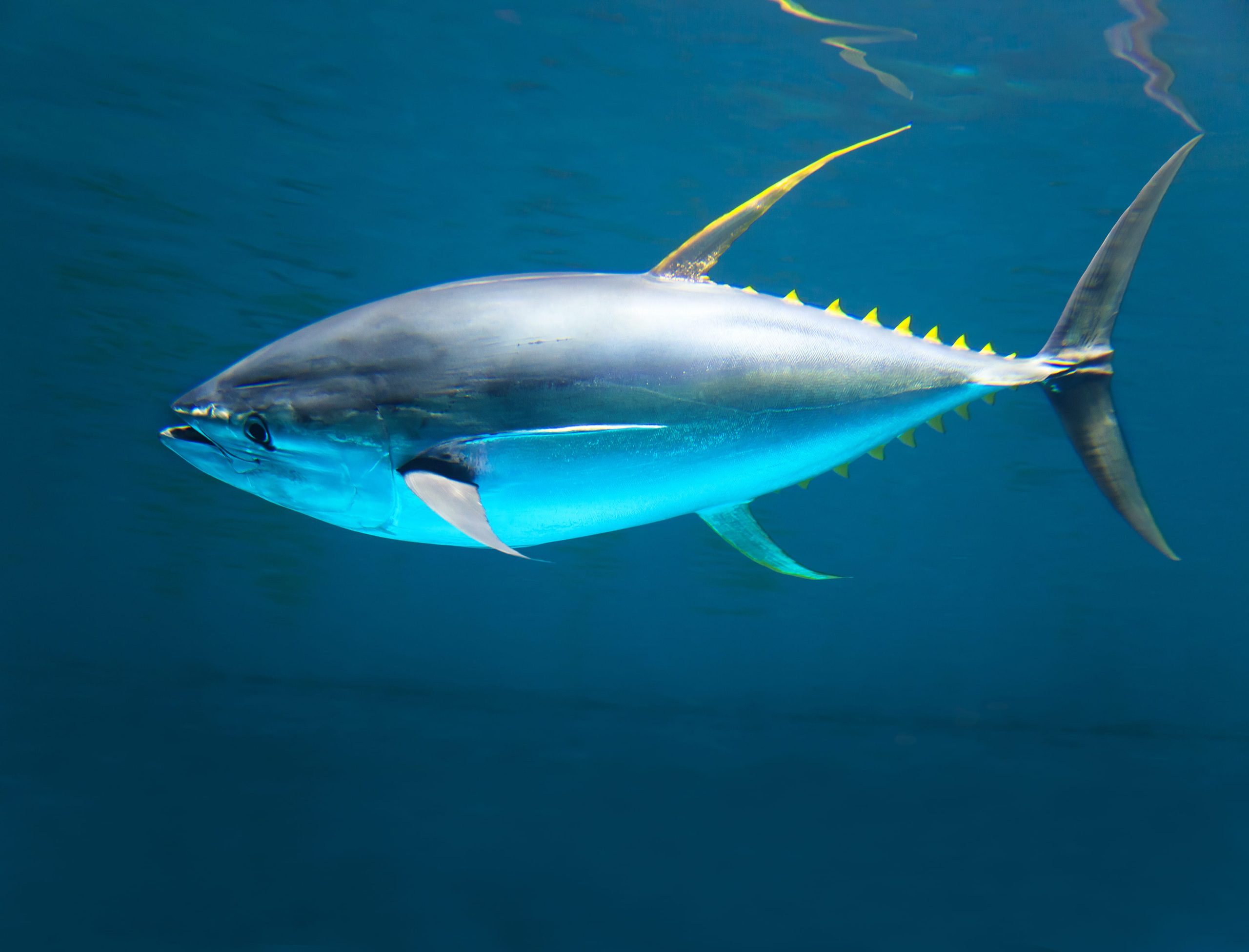World Tuna Day: How habitat maps developped by CLS experts can help protect the ressources
- 28 April 2023
- Category: News

CATSAT: A powerful tool for fishermen to fish in a sustainable way
“World Tuna Day” is celebrated every year on May 2nd to raise awareness about the importance of tuna as a food source and the need for sustainable fishing practices to ensure the future of this valuable resource.
CATSAT, a key decision tool for professional fishermen involved with tuna fish species, plays an important role in promoting sustainable fishing practices and supporting the objectives of World Tuna Day.
CATSAT is designed to provide fishermen with accurate oceanographic data and marine weather information in near real-time, directly onboard the fishing vessel.
This information can help fishermen optimize their fishing trips and reduce fuel consumption by enabling them to target areas with the highest likelihood of finding their target species. This not only reduces the environmental impact of fishing but can also help fishermen reduce their operating costs, making fishing more economically viable.
How CLS delivers accurate oceanographic data to help protect tuna species

One of the new key products of CATSAT is the Habitat Maps generated by a state-of-the-art numerical model.
This model has been designed by CLS R&D team to investigate the complex physical-biological interactions between tuna populations and the pelagic ecosystem, integrating spatio-temporal and multi-population dynamics and considers interactions among populations of different species and between populations and their physical and biological environment.
This Habitat Maps provides fishermen with valuable information about the preferred habitats of adult skipjack tuna and the areas with the highest risk of juvenile bigeye tuna presence.
By using these maps, fishermen can prioritize fishing in areas that are more likely to yield a catch of adult skipjack tuna while avoiding areas likely to gather high concentrations of juvenile bigeye tuna.
This can help to maintain good catch rates of adults SKJ while reducing the overall catch of juvenile bigeye tuna, which is essential for promoting sustainable fishing practices and ensuring the future of tropical tuna species. In the next years, similar maps could be developed for other species helping fishermen to increase the selectivity of their activities by targeting more accurately species from stocks in good health and reducing bycatch of non-desired species.
By using CATSAT, fishermen can help ensure the future of tuna as a valuable food source and promote sustainable fishing practices that benefit both the environment and the fishing industry.
